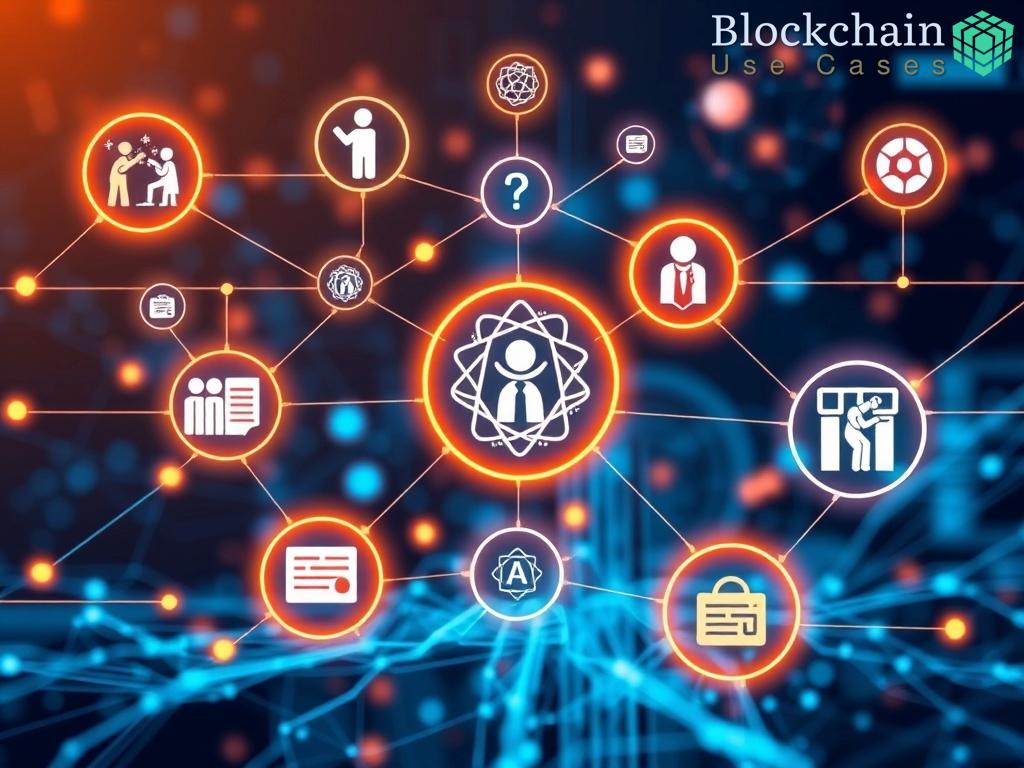Innovative Integration of Blockchain Technology

The advent of blockchain technology has ushered in a new era of transparency and efficiency, particularly within the realm of academic documentation. Smart contracts, self-executing contracts with the terms directly written into code, offer a paradigm shift in how transcripts are generated and distributed. This innovation not only streamlines the process but also fortifies the integrity of academic records against tampering and fraud.
By employing a decentralized approach, educational institutions can ensure that transcripts are automatically generated upon completion of courses and distributed directly to students and employers alike. This method eliminates the traditional bottlenecks associated with manual processing, thereby enhancing the overall efficiency of the academic certification process.
Advantages of Smart Contract Automation
Transitioning to a smart contract-based system presents numerous advantages that can significantly enhance the administrative operations of educational institutions. The following list highlights the primary benefits:
- Efficiency: Automated generation reduces the time spent on manual processes.
- Security: Immutable records safeguard against unauthorized alterations.
- Accessibility: Students can access their transcripts instantly, anytime and anywhere.
- Cost-Effectiveness: Reduced administrative costs through automation.
- Trust: Employers can verify the authenticity of transcripts directly through the blockchain.
Challenges and Considerations for Implementation
Despite the myriad benefits, the transition to a smart contract-based system is not without its challenges. Institutions must navigate various technical and regulatory landscapes to successfully implement this technology. Key considerations include:
1. Technological Infrastructure: Institutions must invest in the necessary blockchain infrastructure and training for staff.
2. Regulatory Compliance: Adhering to educational regulations and privacy laws is paramount, particularly concerning student data.
3. Stakeholder Buy-In: Gaining acceptance from faculty, students, and employers is crucial for a smooth transition.
As the landscape of education continues to evolve, the adoption of smart contract-based automated transcript generation and distribution stands as a beacon of innovation. It promises to not only enhance the efficiency of academic processes but also to redefine the trustworthiness of educational credentials in an increasingly digital world.





